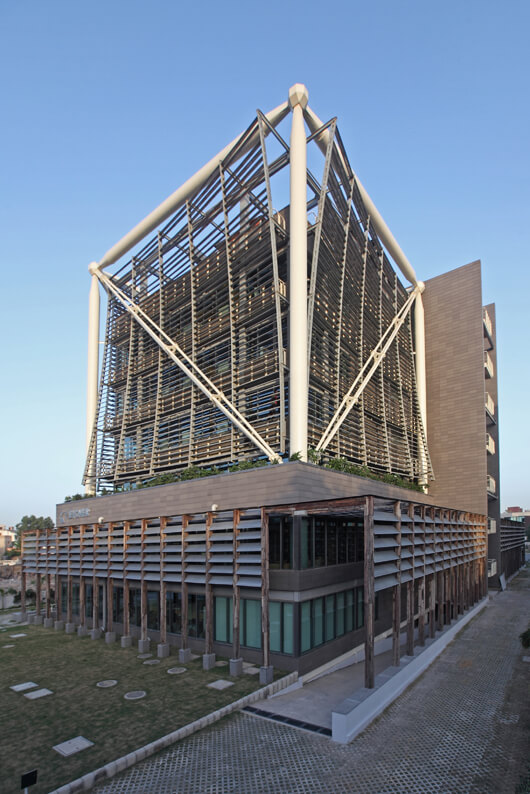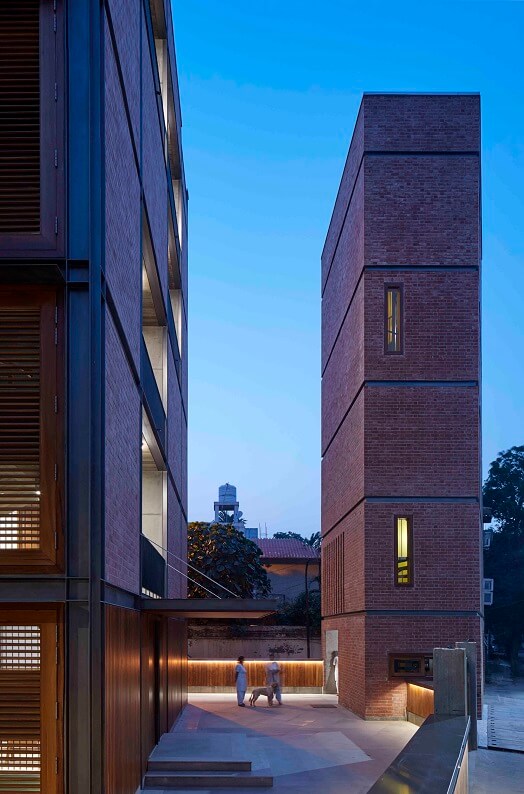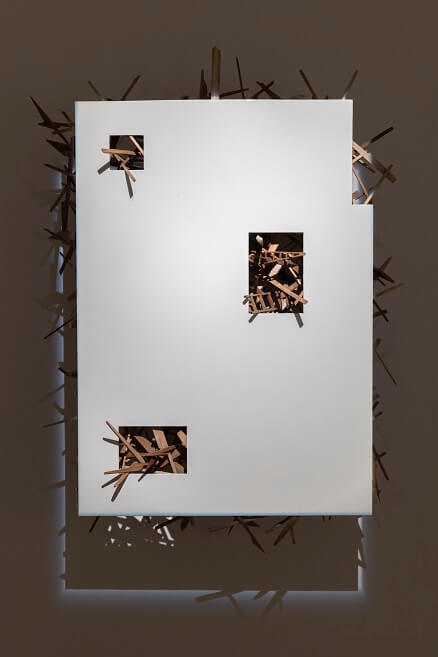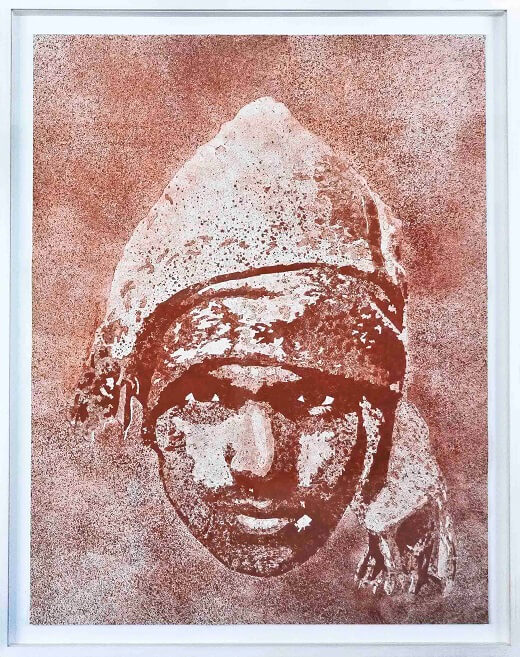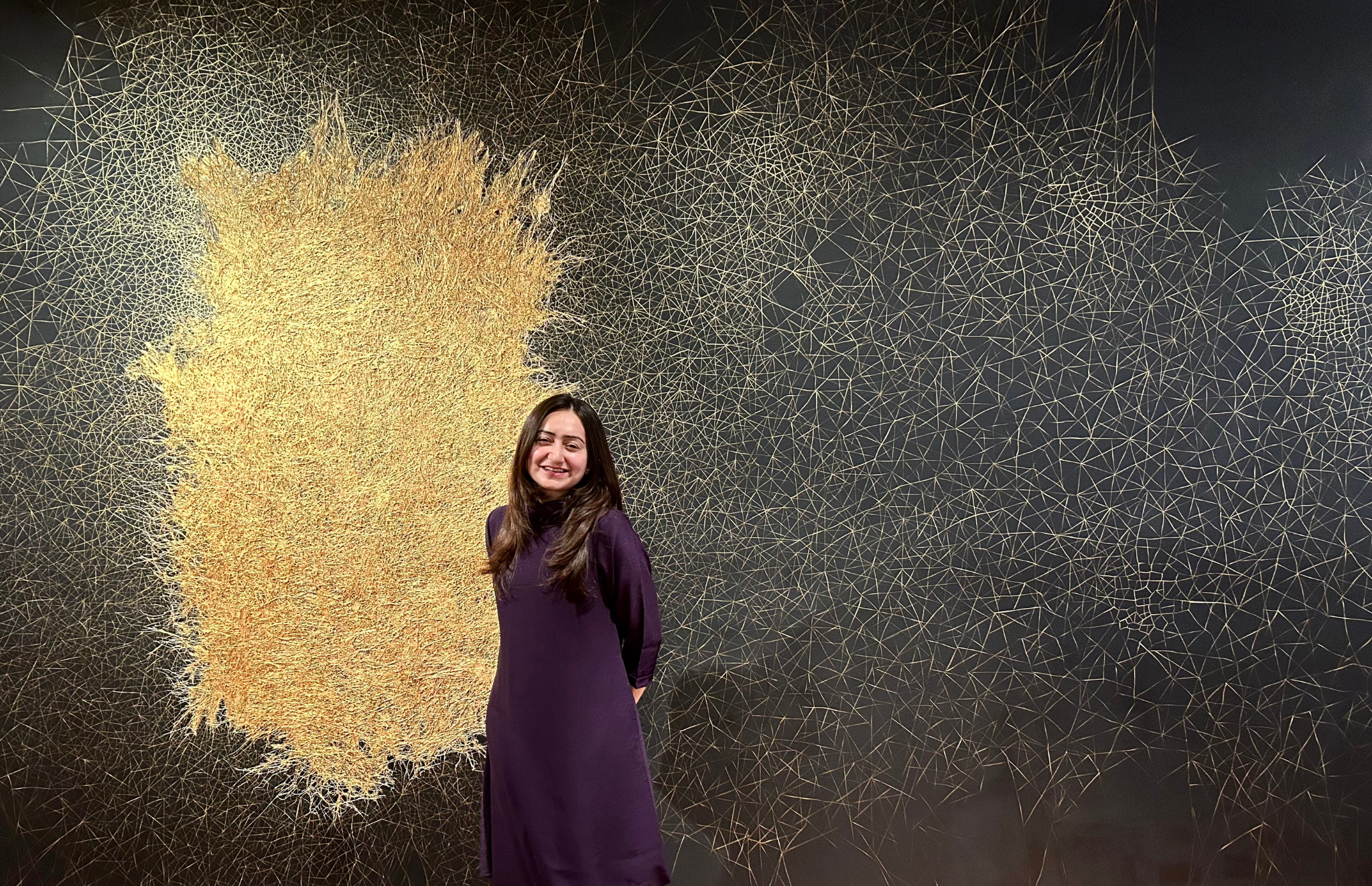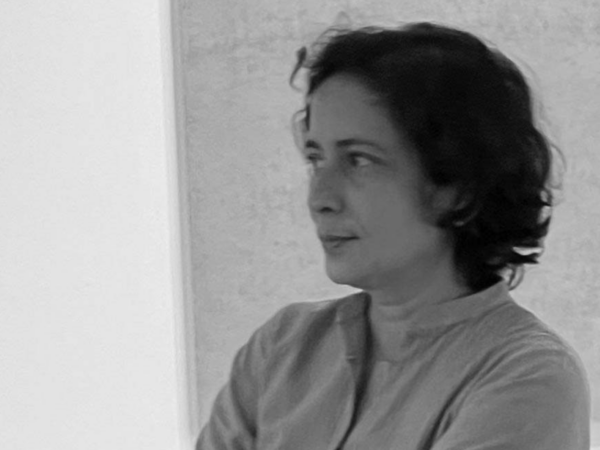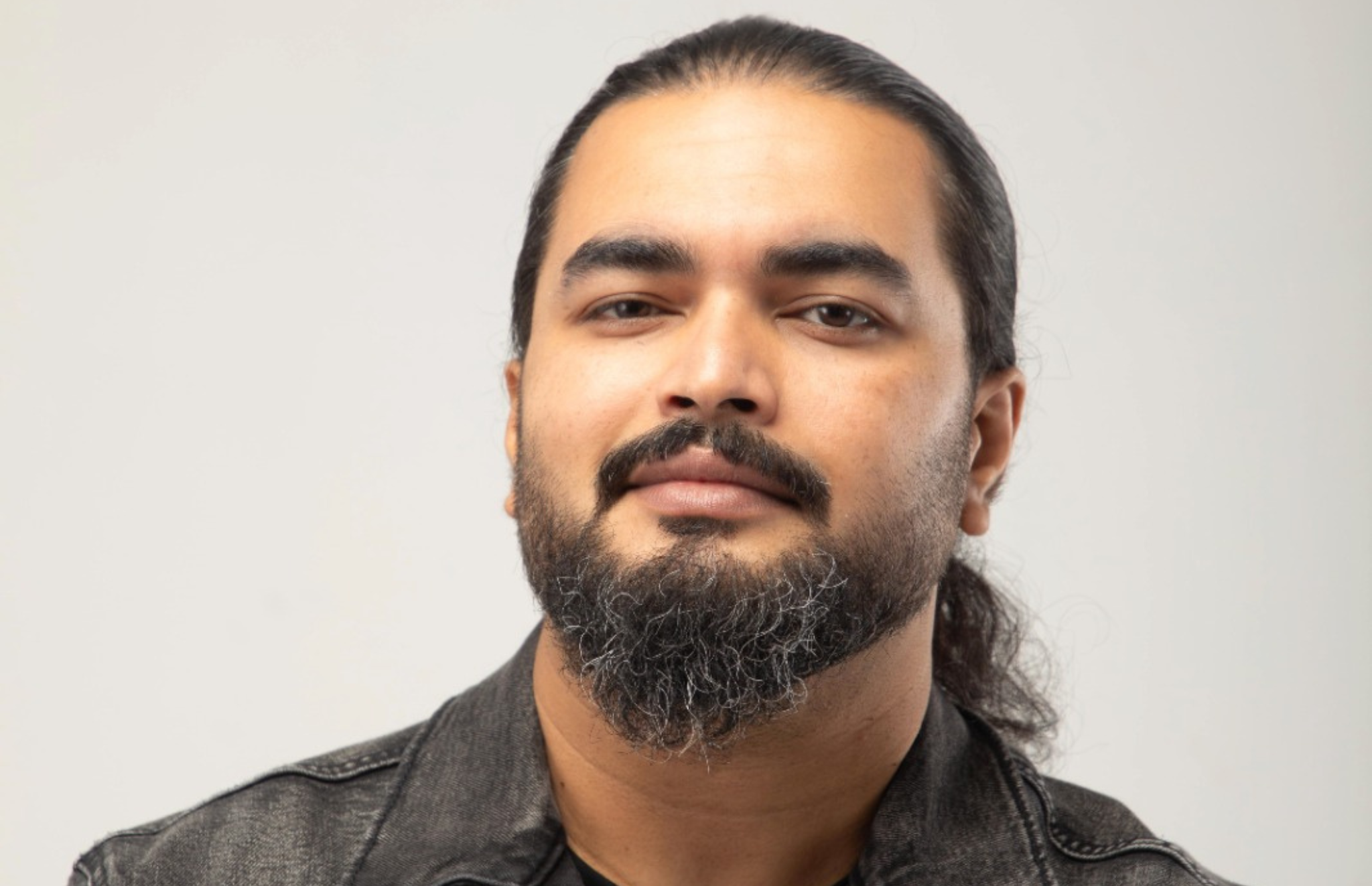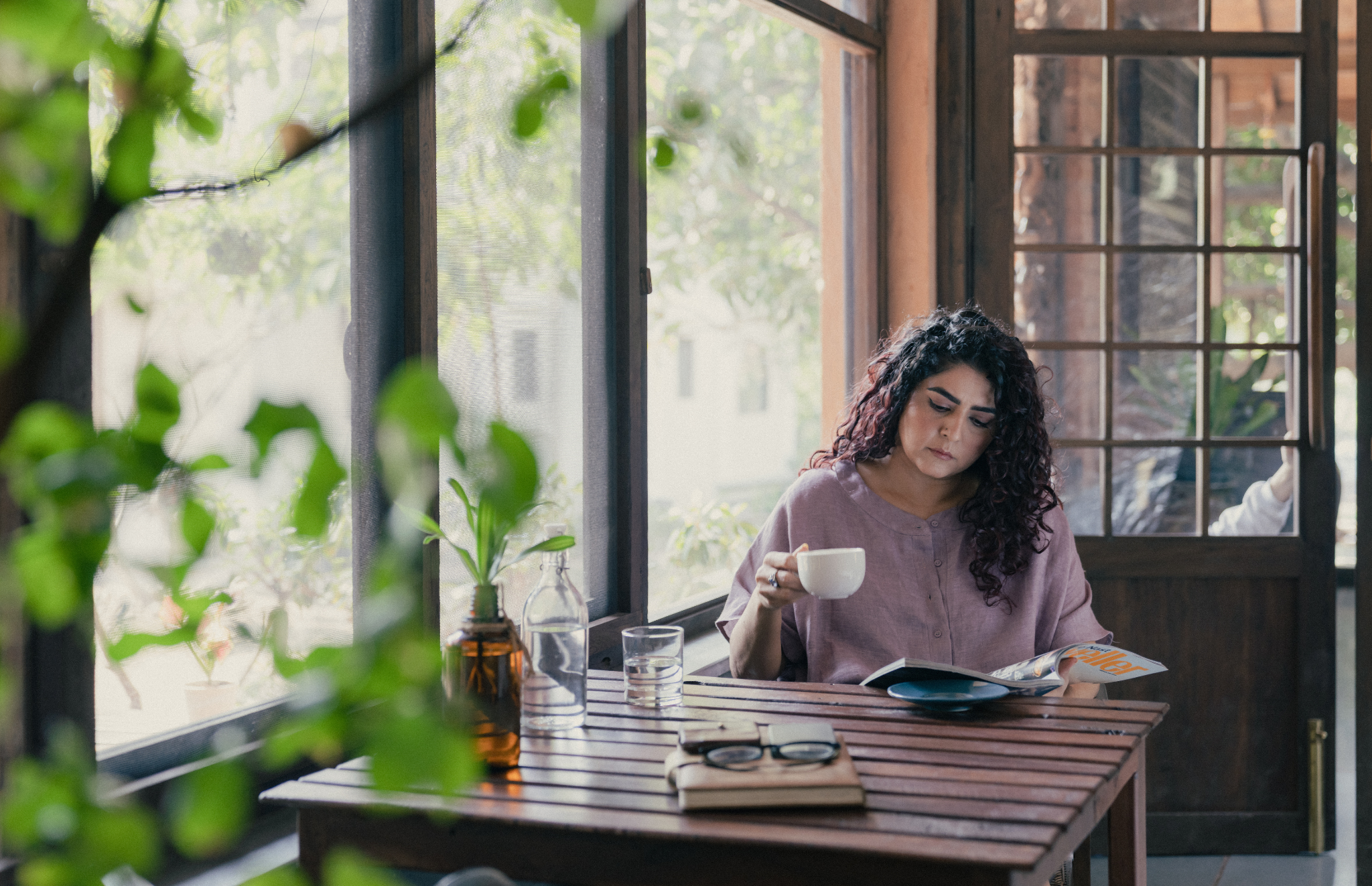Martand Khosla is a practising architect and an artist. He lives and works in New Delhi, India. His art practice explores urban continuity and transformation, as both complement and counter to his experience building in contemporary India. Martand initially pursued art to explore how construction-fueled employment shapes identities and nostalgia.
An architect’s natural preoccupation with space inevitably emerges in his work, not as a challenge to ‘build’ – but rather to foreground an object’s intrinsic potentiality. His works traverse the lines between sculpture and object, movement and remnant, material and memory. Inspired by his studies of repetition and the human churning of industrialization, he replicates the micro-processes of macro-construction.
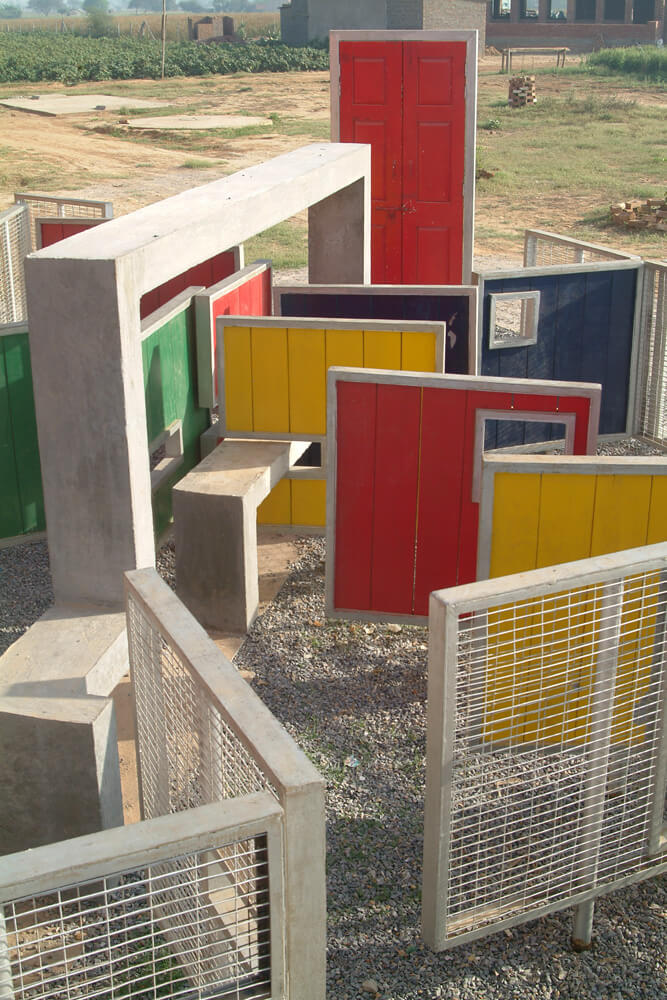 Children’s Playground, Haryana, 2007
Children’s Playground, Haryana, 2007
Shalini Passi: Through, your architecture practice RKDS you have made everything from playgrounds for children, sustainable mud architecture, and worker housing, to high-end villas and institutional and corporate buildings — with such an array of potential projects, how do you decide which commissions to accept, and what to work on?
Martand Khosla: Architecture as a practice allows us for incredible possibilities to explore the parameters of design. These range from finding very low-cost solutions for housing to ideas for public spaces to detailing the complicated buildings or designing interiors. As a studio, we search for all possibilities to design across the socio-economic spectrum, for as wide a range of clients as possible. From the beginning of my practice, we as a studio have held this belief that good design has to be accessible for all, particularly for the less privileged section of our society.
Currently, we are designing waste, sorting sheds for a cooperative of urban waste pickers in Pune as well as an embassy building in Central Asia. The moment that we are searching for is if we have an interesting conversation with a potential client. These conversations become the seeds to the design process and include within them ideas of habitation, urbanism, public space, and workspace. More often than not, the client is open to explorations of ideas and allowing for that conversation leads to interesting projects.
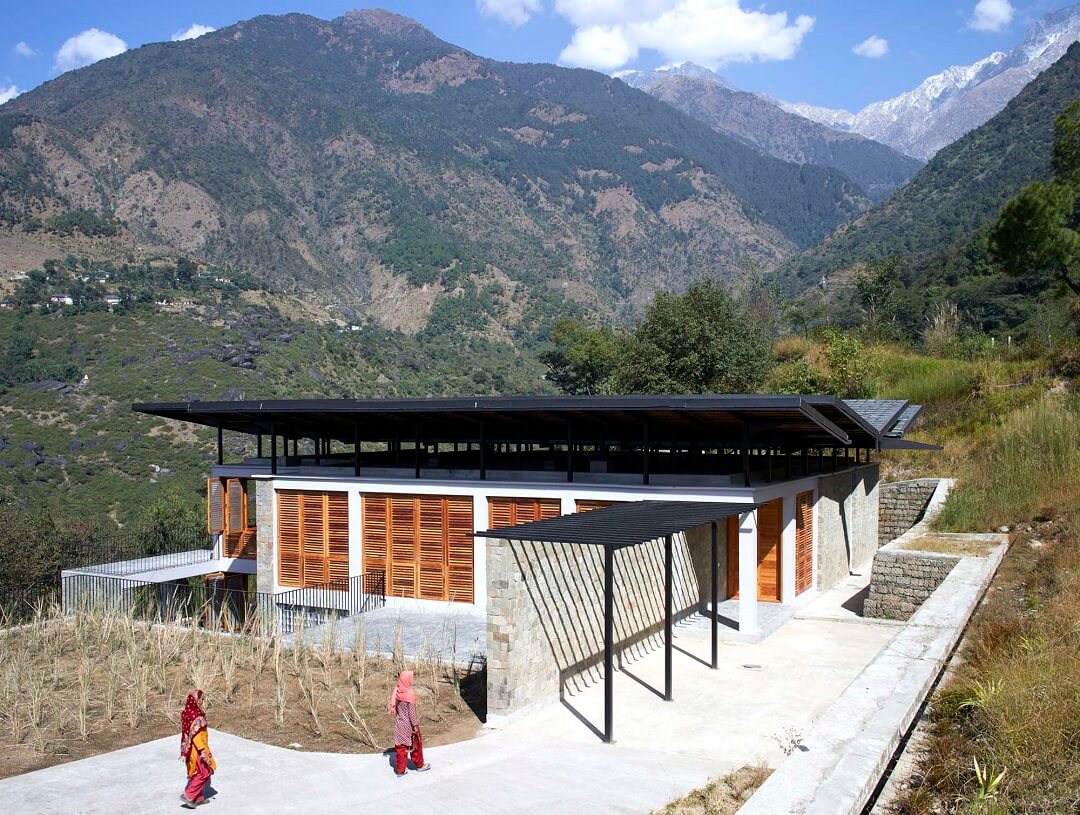 Flying House, Dharamsala , 2019
Flying House, Dharamsala , 2019
Shalini Passi: It has been said that you seek to work with a wide range of socio-economic groups; how important is this to your practice, and why?
Martand Khosla: I believe in a country where we have such high economic disparity and low levels of literacy and healthcare, it is all of our individual responsibilities to contribute to the best of our abilities to help to reduce these disparities within society. In a world where for the most part, these gaps in income, education, and healthcare are measured in a quantitative manner. I believe that design has a very crucial qualitative role to play in better housing, healthcare, education, and urban systems. It would be a lost opportunity if we as a studio do not grab these opportunities and help to think through the problems and solutions that impact nearly 90% of our country.
Shalini Passi: What is your favorite type of commission to receive and what has been your favorite project to date?
Martand Khosla: Since 2000, when we started the studio, we have been fortunate to have the opportunity to design and construct a wide range of projects. Each of these projects have been exciting in their own unique ways. The only way that I know how to design is to be completely invested in a project during its conception and construction. So, it is rare to find a project that has not been a favorite one while I have been working on it. Having said that, projects that I have revisited after a few years always present possibilities of how they could have been thought of differently. There are of course projects that challenged us more than others, sometimes because of their scale and sometimes because of the challenges the site or the program presented. If I had to name a few, the Volvo-Eicher corporate headquarters, the Castro Cafeteria, the headquarters for Greenply industries, and the Tower house are some that stand out as memorable projects that challenged us in the studio.
Shalini Passi: Through MASH we are constantly seeking to break down the barriers between creative disciplines; as an artist, furniture maker, and architect. Can you tell us about how you perceive the distinctions between these different practices?
Martand Khosla: I believe that the nature of the practice of all of these is distinctly different. There have been a number of iconic architects who I have worked across these three disciplines. Le Corbusier is one of the most prominent ones from the 20th century. He had a very distinct painting practice and a furniture design practice from his architectural one. It is more common for architects to design furniture and there are several such examples throughout architectural history. For me, I identify with each of these practices as distinct from one other in its approach, process and formal language. However, both my art and architecture practices hold the city as central in their thought processes. For me, they both create an intellectual zone between the tangible and the abstract, which drives me in different ways based on the mediums respectively. On the other hand, the furniture design is more personal and limited to experiments within my own home, which I in turn have sometimes shared with clients or my friends.
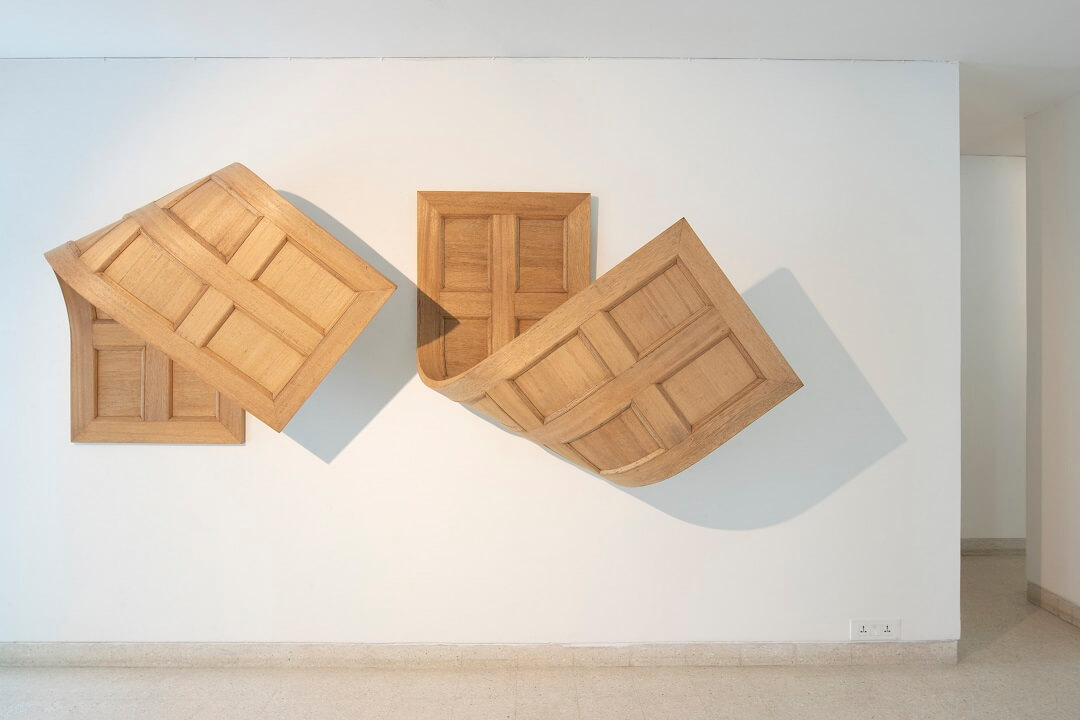 Pascal, 2019, Wood
Pascal, 2019, Wood
Photo credit: Shovan Gandhi
Shalini Passi: What are you working on at the moment?
Martand Khosla: In my artwork, I am continuing my experiments from my previous show, 1:2500 held in August at Nature Morte. There were certain trajectories that I had not had the time to complete and the show allowed me to pause and analyse the works. So, my work on the series, Joule, Pascal and Watt is continuing at the moment, as is work on the series maximum capacity. I am working towards making some works for a group show in March in Delhi itself. Architecturally, I am presently working on the design of an Embassy, a cultural complex and a residential complex in Central Asia. I am about to begin construction on a house in Indore. We are also working on a forest research institute in Maharashtra, a series of urban waste recycling centers in Pune as well as two corporate offices in Delhi. I am also working on a competition entry for a school for disabled children in Mozambique.
Competitions are an integral part of our design practice. Though we do not participate in many, when we do, they allow for great freedom and experimentation within the architectural process creating ways for us to be able to expand our fields of practice without the usual constraints. These design ventures of architectural competitions have often acted as seeds for several projects that we have built over the years
Find out more about the artist:


